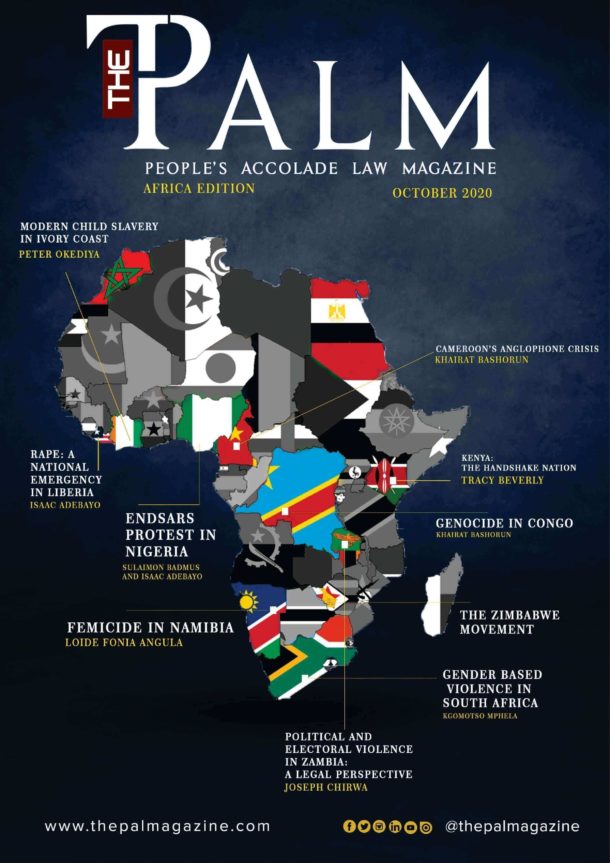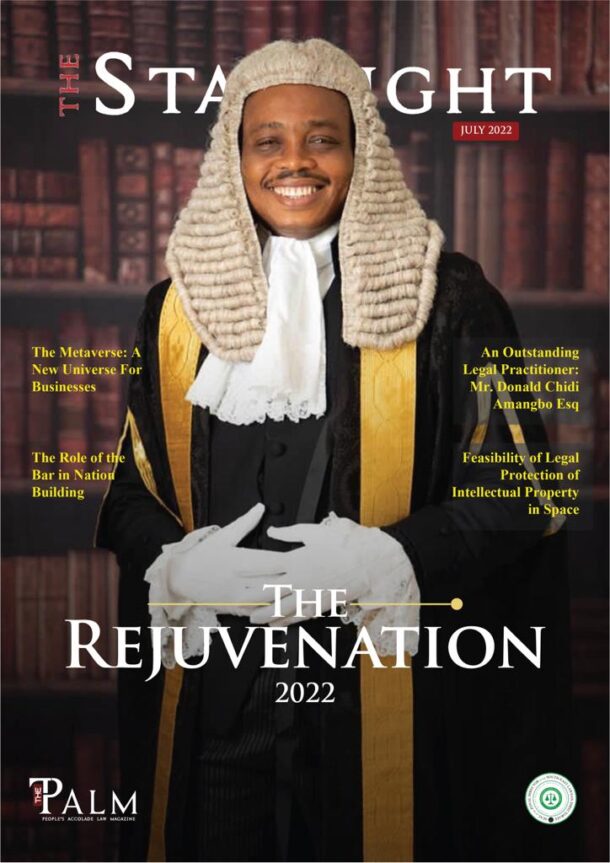Over time, there has been a global consensus to treat multinational enterprises (“MNEs”) as separate entities for tax purposes and transfer of goods and services. This means that, although in practice the enterprises are related entities under the ownership and control of a parent company, they must give their respective accounts based on the fiction that they transact as independent entities. This is known as the Arm’s length principle.
However, for a while now, taxpayers and tax administrators have continued to grapple with the complexities embedded in Transfer Pricing (“TP”) analysis occasioned by the Arm’s length principle. These complexities often lead to uncertainties, TP risks, are time-consuming, and increase compliance costs. To simplify TP compliance and provide certainty on the treatment of related party transactions, tax administrators in different jurisdictions have adopted a more simplified measure. This measure is known as the “Safe Harbor Rule”.
































